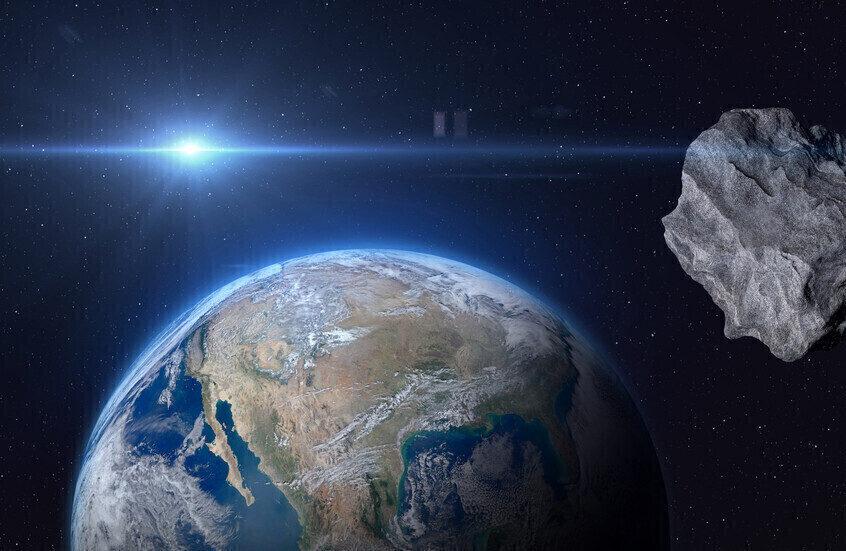Asteroid the Size of Leaning Tower of Pisa Approaching Earth, NASA Reassures

An asteroid the size of the Leaning Tower of Pisa in Italy is expected to approach Earth on Monday, July 28, according to data from the American space agency NASA. Scientists estimate that the asteroid (2025 OW) will pass at a distance of 393,000 miles from Earth, which is relatively close in astronomical terms.
According to a report by the British newspaper Daily Mail, this asteroid is the largest among five space objects expected to pass near Earth in the coming week. Among them, two other asteroids, each ranging from 100 to 200 feet in length, will approach our planet at a distance of over a million miles on Thursday.
NASA has confirmed that the asteroid (2025 OW), which is approximately 210 feet long (equivalent to a 15-story building or a large airplane), does not pose a threat to Earth at present. However, it noted that asteroids of this size could cause minor damage such as destroying structures or shattering windows if they were to penetrate the atmosphere above a populated area.
Astronomers classify this asteroid as "small to medium-sized," meaning it is not large enough to cause mass extinction. These objects usually burn up in the atmosphere due to intense friction and high pressure, and do not reach the Earth's surface.
The asteroid (2025 OW) moves at a speed of around 47,000 miles per hour, which is considered average for near-Earth objects. For comparison, the asteroid (2024 MK), which approached Earth last year at a distance of 184,000 miles, was moving at a speed of 34,000 miles per hour. The massive asteroid "Apophis 99942" (1,100 feet long) is expected to approach Earth in 2029 at a speed of 67,000 miles per hour.
NASA's Center for Near-Earth Object Studies (CNEOS) relies on a network of ground-based telescopes and radar systems, such as the Goldstone Solar System Radar, to track asteroids accurately. These tools are used to measure the asteroid's position, speed, and orbit, ensuring highly precise predictions of their paths.
According to scientists, the likelihood of the asteroid (2025 OW) colliding with Earth is remote, and its small size will make it impossible to see with the naked eye or a telescope at its closest point to Earth.